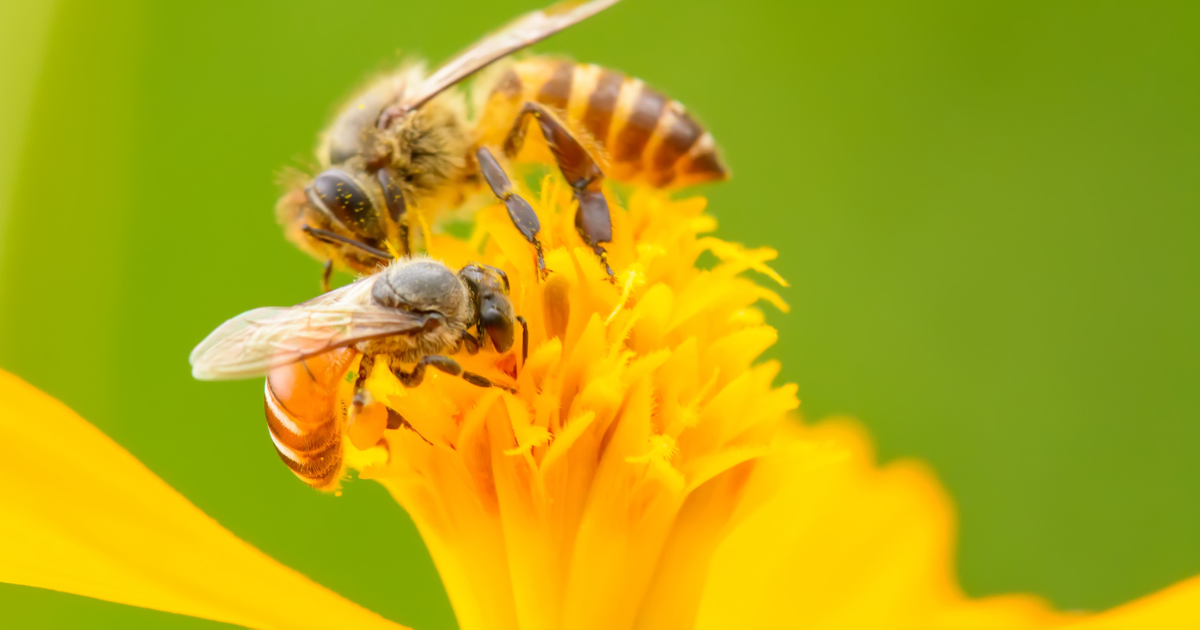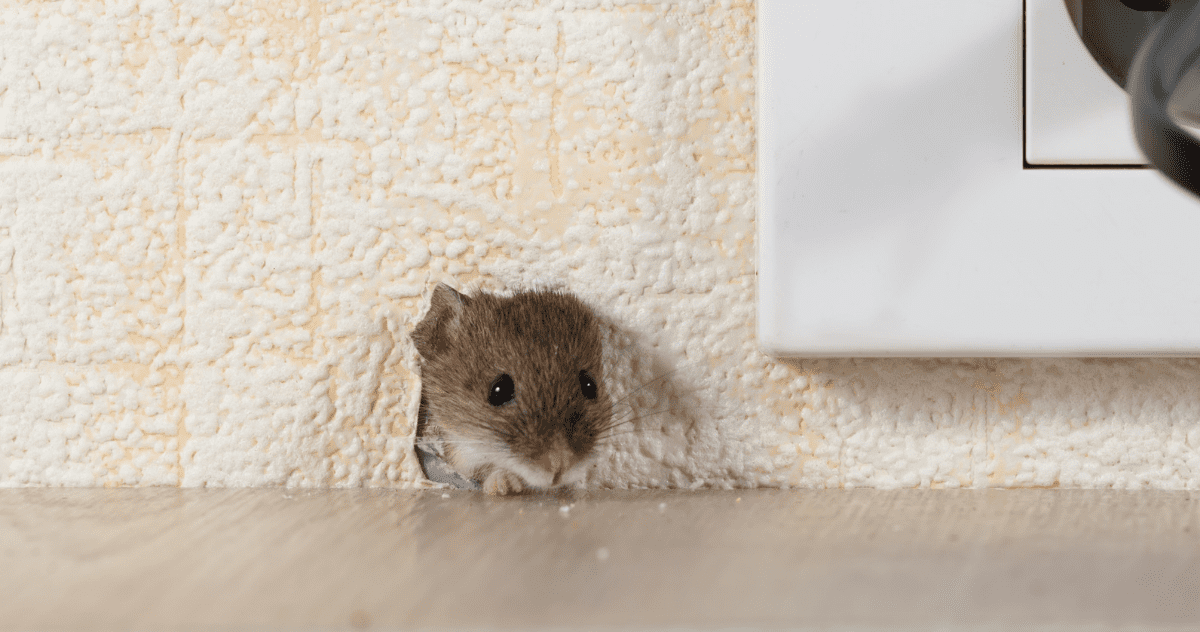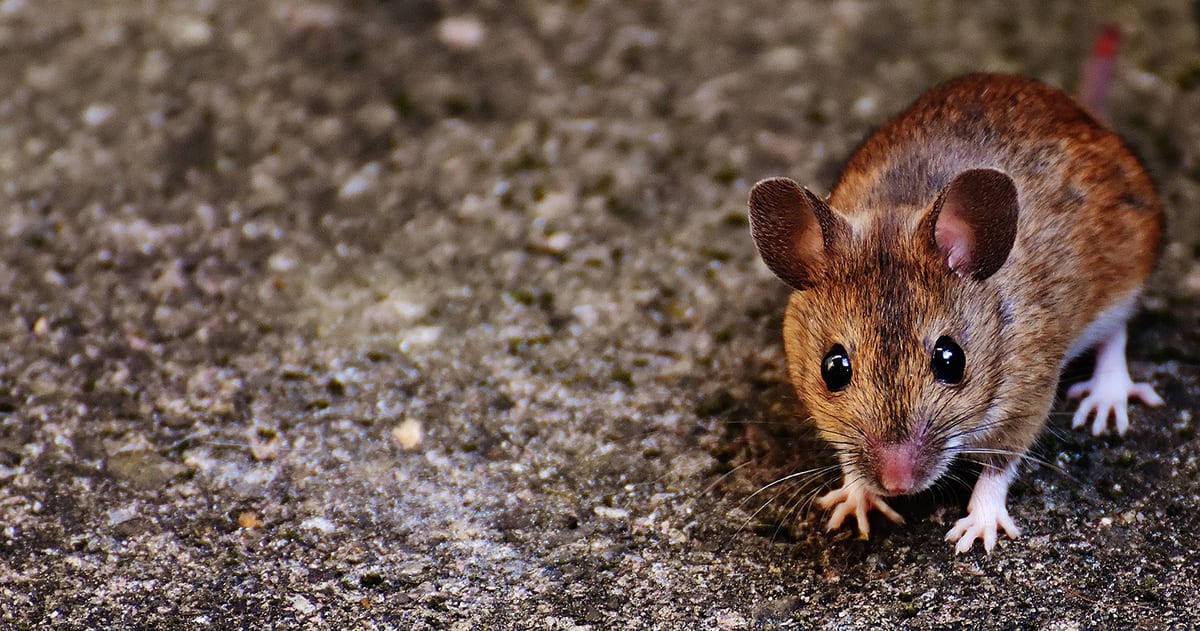Bees are fascinating creatures that play a vital role in our ecosystem, but it’s important to go beyond the buzz, fact-checking the most common beliefs about bees to get to the truth.
The myths and misconceptions surrounding bees can lead to unnecessary fear or confusion. Whether you’re curious about bee behavior or simply want to separate fact from fiction, we’ve got you covered.
Beyond the Buzz: Fact-Checking the Most Common Beliefs About Bees
Here are 8 of the most common beliefs about bees, and the realities behind them …
1. Will Bees Sting If You Stand Still?
The Myth: Many people believe that if you stand still when a bee is nearby, it won’t sting you.
The Reality: This belief is partially true. Bees are generally not aggressive and are unlikely to sting if you remain calm and still. However, if a bee feels threatened or if you accidentally disturb it, it may still sting.
Sudden movements, swatting, or stepping on a bee can provoke a sting. The best approach is to stay calm and slowly move away from the bee if you feel uncomfortable.
2. Can Bees Smell Fear?
The Myth: There’s a widespread belief that bees can “smell fear” and are more likely to sting if they sense that someone is afraid.
The Reality: Bees do not have the ability to smell fear. However, they are sensitive to pheromones and can pick up on chemical signals, such as the alarm pheromones released by other bees.
While your fear itself won’t make bees more likely to sting, if you’re nervous and start to panic or flail your arms, it could increase the likelihood of an accidental sting.
Remaining calm and composed around bees is your best bet.
3. Will a Bee Die If It Stings You?
The Myth: One of the most common beliefs is that a bee will die after it stings you.
The Reality: This is true, but it applies specifically to honeybees.
Honeybees have barbed stingers that get lodged in the skin of mammals. When a honeybee stings, it can’t pull the stinger back out, so it leaves behind not only the stinger but also part of its abdomen, resulting in its death.
Other types of bees, such as bumblebees, do not have barbed stingers and can sting multiple times without dying.
4. Are Bees More Aggressive When They’re Dying?
The Myth: Some people believe that bees become more aggressive or likely to sting when they’re dying or near the end of their life.
The Reality: There’s no evidence to suggest that bees become more aggressive when they’re dying.
Bee behavior is primarily driven by their need to protect the hive and gather food. If a bee is old or dying, it may be less active or more sluggish, but it doesn’t become more aggressive. Aggression in bees is more often related to the defense of their colony, particularly if they perceive a threat.
5. Are All Bees Aggressive?
The Myth: Many people think that all bees are aggressive and will sting without provocation.
The Reality: Bees are generally not aggressive by nature. Most bees, including honeybees and bumblebees, are more interested in gathering nectar and pollen than in stinging people. They will only sting if they feel threatened or if their hive is in danger.
In fact, bees play a crucial role in pollination and are generally beneficial to have around. Understanding their behavior can help reduce unnecessary fear and promote coexistence.
6. Do Bees Only Sting Once?
The Myth: It’s a common belief that all bees can only sting once.
The Reality: This is only true for honeybees, which have barbed stingers that become lodged in the skin, leading to the bee’s death after a single sting.
Other bees, like bumblebees and carpenter bees, have smooth stingers and can sting multiple times without dying. However, these bees are typically less aggressive and are unlikely to sting unless provoked.
7. Are Bees Attracted to Bright Colors?
The Myth: Bees are often thought to be attracted to bright colors, especially yellow, which can make people wearing bright clothing more likely to be stung.
The Reality: Bees are indeed attracted to bright colors, especially those that resemble flowers, such as yellow, blue, and purple. This attraction is because these colors signal the presence of nectar-rich flowers.
However, wearing bright colors alone doesn’t necessarily mean you’ll be stung. As long as you remain calm and avoid making sudden movements, you’re unlikely to attract aggressive behavior from bees.
8. Can Bees Remember Faces?
The Myth: There’s a curious belief that bees can recognize and remember human faces.
The Reality: Amazingly, this is true! Research has shown that honeybees can recognize human faces and remember them, using the same visual processing technique as humans. This ability helps them identify flowers and navigate back to their hive.
While it’s fascinating, it doesn’t mean bees will hold a grudge or seek you out later — they’re more interested in finding food and returning to their colony.
When to Contact a Professional if You Have Bees on Your Property
Now that we’ve taken you beyond the buzz, fact-checking the most common beliefs about bees, we hope you feel more comfortable around them. However, while bees are generally not aggressive and are important for our environment, there are situations where it’s essential to call in a professional.
If you have a bee colony that’s established itself too close to your home, or if you’re dealing with a large hive in a dangerous location, it’s best to seek professional assistance. A pest control expert can safely remove the hive and relocate the bees if necessary, ensuring the safety of both you and the bees.
Contact Classic Pest Control & Insulation for a Free Estimate
If you’re dealing with a bee problem or simply want to ensure that your home remains free of pests, contact Classic Pest Control & Insulation today for a free estimate. Our expert team is here to provide you with safe, effective solutions tailored to your needs.
Call us now at (425) 259-0008 or click here to use our convenient online form to request your free estimate.





